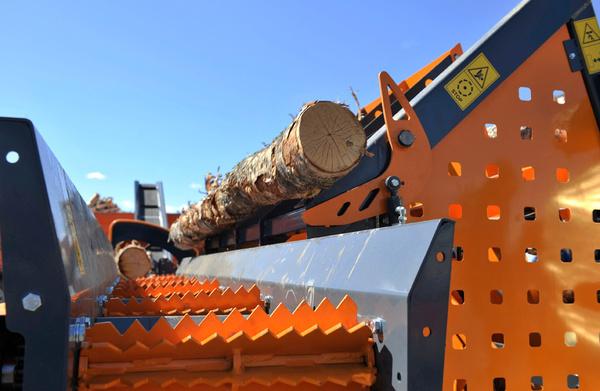Choosing the right location for storing firewood
Proper firewood storage begins with selecting an optimal location to ensure the wood remains dry and well-seasoned. A key consideration is proximity to the house; storing klapi close to your home can be convenient, especially during harsh weather. However, it’s crucial to maintain a safe distance to prevent pests from migrating indoors. A location exposed to ample sunlight is ideal, as it accelerates the drying process, crucial for efficient wood seasoning. Additionally, protecting your woodpile from rain and snow is essential. A covered area or a strategically placed tarp can safeguard your firewood from moisture, ensuring it remains dry and ready for use when needed.
Efficient stacking of firewood maximizes airflow and stability, both vital for effective wood seasoning. The traditional log cabin stack method, characterised by alternating layers of logs, provides excellent stability and allows air to circulate freely, promoting even drying. Another popular technique is the Holz Hausen method, a circular stack that is both visually appealing and functional. This method promotes central airflow and can be an attractive addition to your outdoor space. While each method has its benefits, ensure that your stacks are secure and unlikely to topple, potentially causing damage or injury.
Protecting firewood from pests and moisture
Safeguarding your firewood against pests and moisture is crucial for maintaining its quality. Termites, rodents, and insects can infest woodpiles, rendering them useless. Placing your stack on pallets or another raised platform can prevent ground moisture and discourage pests. Covers, such as tarps, can protect against rain but should allow for some air circulation to prevent moisture build-up. Using breathable materials or leaving the sides open can help achieve this balance, ensuring your firewood remains dry and pest-free.
Seasoning firewood for optimal burning
Seasoning is the process of drying firewood to reduce its moisture content, which is critical for efficient burning. Freshly cut wood, or green wood, typically requires six months to two years to season properly, depending on the wood type. Hardwoods like oak and maple may take longer, whereas softer woods like pine might season more quickly.
Properly seasoned wood is lighter in weight, has cracks at the ends, and makes a distinct clunking sound when struck together. Ensuring your firewood is well-seasoned not only improves its burning efficiency but also reduces smoke production, contributing to a cleaner burn.
Common mistakes in firewood storage and how to avoid them
Many people make errors in firewood storage that can affect its quality and usability. One common mistake is stacking wood directly on the ground, which can lead to moisture absorption and rot. Elevating your woodpile on pallets or bricks can prevent this issue. Storing firewood too close to living spaces is another frequent error, inviting pests into your home.
Keeping a safe distance and using proper barriers can mitigate this risk. Additionally, avoiding airflow by tightly covering woodpiles can lead to mould growth. Ensure your cover allows for breathability to maintain the wood’s quality.
Conclusion
Proper firewood storage is essential for safety, efficiency, and longevity. By choosing the right location, stacking efficiently, protecting against pests and moisture, and ensuring proper seasoning, you can maintain the quality of your klapi. We at Reikälevy offer solutions that help professionals and resellers succeed in the firewood industry. Our SAMI-branded machinery are designed to meet the highest standards of quality, efficiency, and reliability, with a focus on natural resource conservation. To learn more about our products and how we can support your firewood needs, we encourage you to contact us or explore our product range online.

